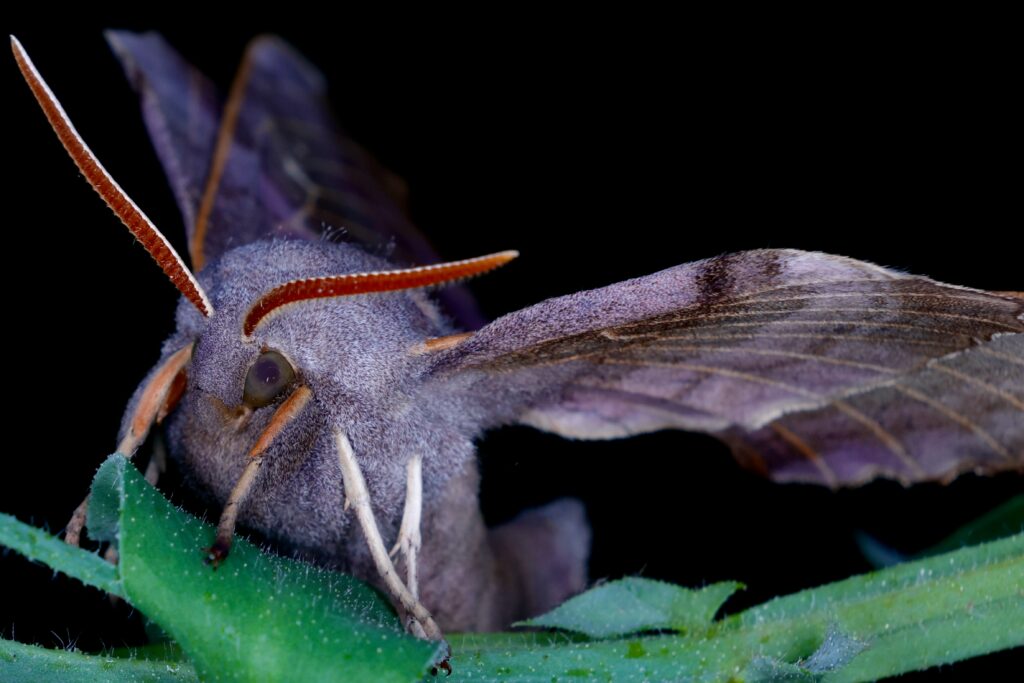Throughout human history, insects and arachnids have crawled, flown, and spun their way into our collective consciousness, becoming powerful symbols in myths, folklore, and religious traditions across cultures. From the mysterious Mothman of Point Pleasant to the sacred scarabs of ancient Egypt and the spider deities woven into indigenous mythologies, arthropods have inspired both fascination and fear. These small creatures, despite their size, have carried enormous symbolic weight in human storytelling, often representing forces far greater than themselves—transformation, creation, death, and the supernatural. Their alien appearances, complex behaviors, and sometimes startling abilities have made them perfect vessels for humanity’s deepest fears, highest spiritual aspirations, and attempts to understand the natural world. This article explores the rich tapestry of insect and arachnid symbolism across global cultures, examining how these tiny beings have shaped some of our most enduring myths and legends.
The Enigmatic Mothman: A Modern American Legend
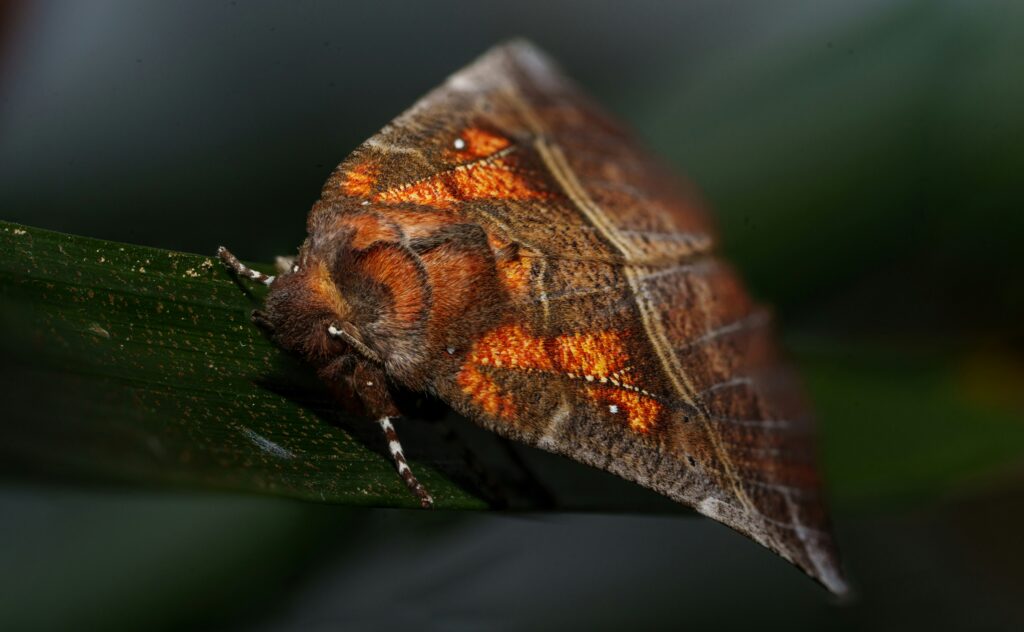
The Mothman legend emerged from the small town of Point Pleasant, West Virginia, in 1966-67, when numerous residents reported encounters with a large, winged humanoid with glowing red eyes. Standing approximately seven feet tall with a wingspan of 10-15 feet, this creature was neither fully insect nor fully human, but existed in a terrifying in-between state. The Mothman sightings coincided with a series of strange phenomena in the area and preceded the collapse of the Silver Bridge, which killed 46 people in December 1967. This timing transformed the creature from a local oddity into an ominous harbinger of disaster in the public imagination. Unlike ancient myths that developed over centuries, the Mothman narrative represents a modern folklore that spread rapidly through media coverage, eventually becoming the subject of books, films, and an annual festival. The creature’s moth-like attributes—nocturnal nature, attraction to light, and metamorphic symbolism—connect it to older insect symbolism while establishing it as a uniquely American contribution to cryptozoological lore.
Sacred Scarabs: The Divine Beetles of Ancient Egypt
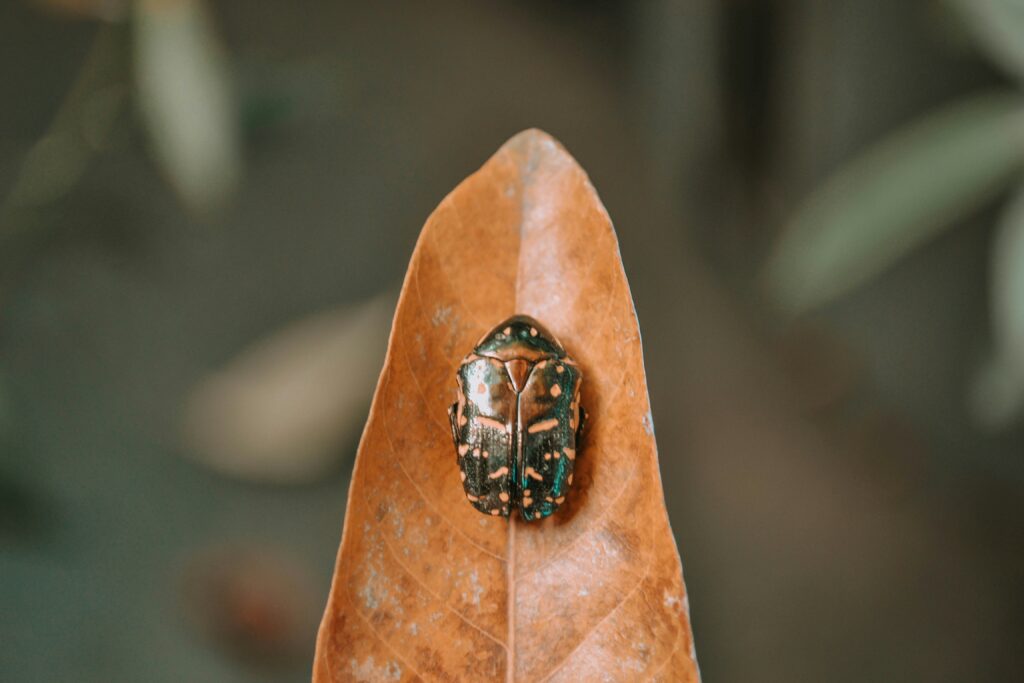
In ancient Egypt, the humble dung beetle became elevated to divine status through its association with Khepri, a manifestation of the sun god Ra. Egyptians observed scarab beetles pushing balls of dung across the desert sands, which they likened to Khepri pushing the sun across the sky each day. The scarab’s natural behavior of laying eggs inside dung balls, from which new beetles would eventually emerge, became a powerful symbol of rebirth and regeneration. This symbolism was so significant that scarab amulets were commonly placed over the heart of mummies, as depicted in the Book of the Dead, to ensure safe passage to the afterlife. The heart scarab amulet often bore inscription from Spell 30B, requesting the deceased’s heart not to testify against them in the final judgment. Beyond funerary contexts, scarabs were among the most common amulets in ancient Egypt, worn by the living as symbols of protection and good fortune, demonstrating how thoroughly this insect had become integrated into Egyptian religious and daily life.
Arachne’s Legacy: Spiders in Greek Mythology
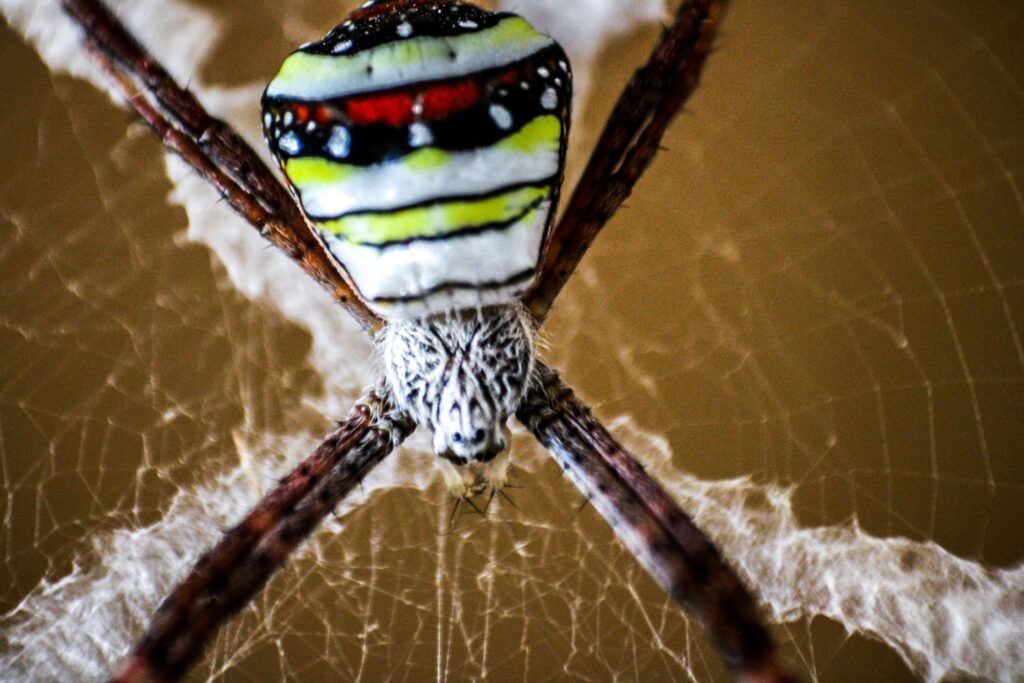
The myth of Arachne stands as one of the most famous spider stories in Western tradition, telling the tale of a mortal weaver who challenged the goddess Athena to a weaving contest. Arachne’s technical skill matched the goddess’s, but her tapestry depicted the gods’ misdeeds and infidelities, a choice that enraged Athena. In her fury, Athena destroyed Arachne’s work and struck the girl, who attempted suicide in despair. Rather than allowing her to die, Athena transformed Arachne into a spider, condemned to weave for eternity. This myth reflects the Greeks’ complex relationship with hubris and divine authority, while also acknowledging the impressive skill of spiders as natural weavers. The transformation punishment—becoming neither fully human nor fully animal—reflects ancient attitudes toward insects as lower life forms. Linguistically, this myth lives on in the scientific name for spiders, Arachnida, demonstrating how thoroughly this story has been woven into Western cultural consciousness over thousands of years.
Anansi the Trickster: Spider Gods in African Mythology
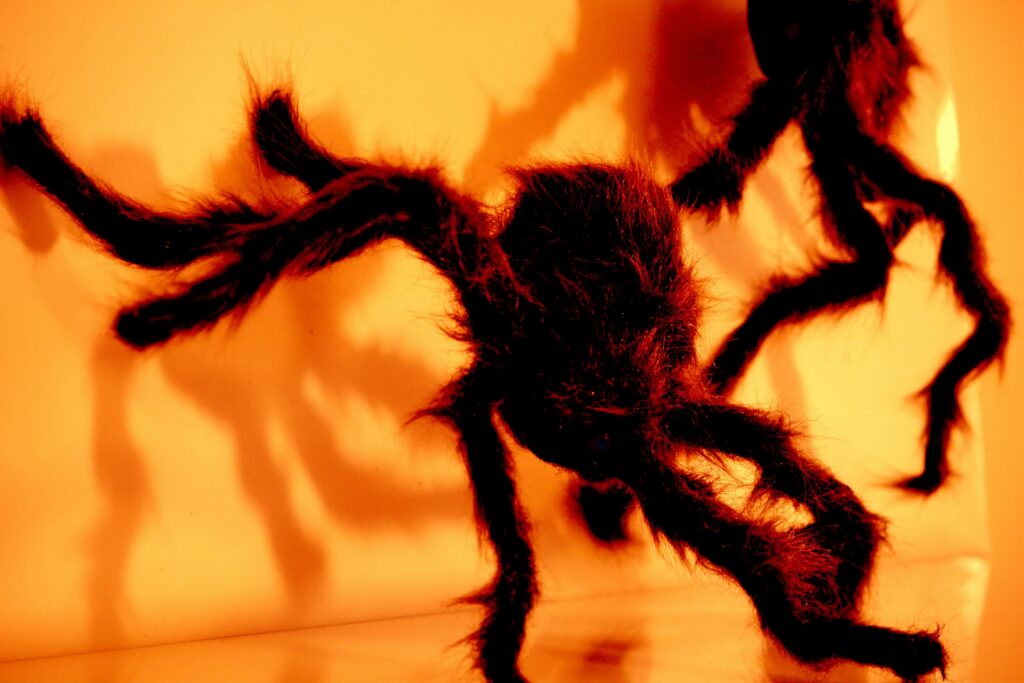
Anansi the Spider originated in the oral traditions of the Akan people of Ghana but spread throughout West Africa and eventually to the Caribbean and Americas through the forced migration of enslaved peoples. As both spider and man, Anansi represents the trickster archetype—clever, resourceful, and often using his wits to overcome larger opponents or difficult situations. In many stories, Anansi is credited with bringing stories to humanity after successfully completing challenges set by Nyame, the sky god. Unlike European depictions of spiders as sinister, Anansi is generally portrayed as a positive, though complex and sometimes self-serving, cultural hero. During the brutal period of the transatlantic slave trade, Anansi stories took on additional significance as symbols of resistance and survival through cunning, with the small spider repeatedly outwitting more powerful enemies. The endurance and evolution of Anansi tales across continents and centuries demonstrate the resilience of cultural storytelling traditions even under extreme duress.
Aztec Arachnids: Tezcatlipoca and the Cosmic Spider
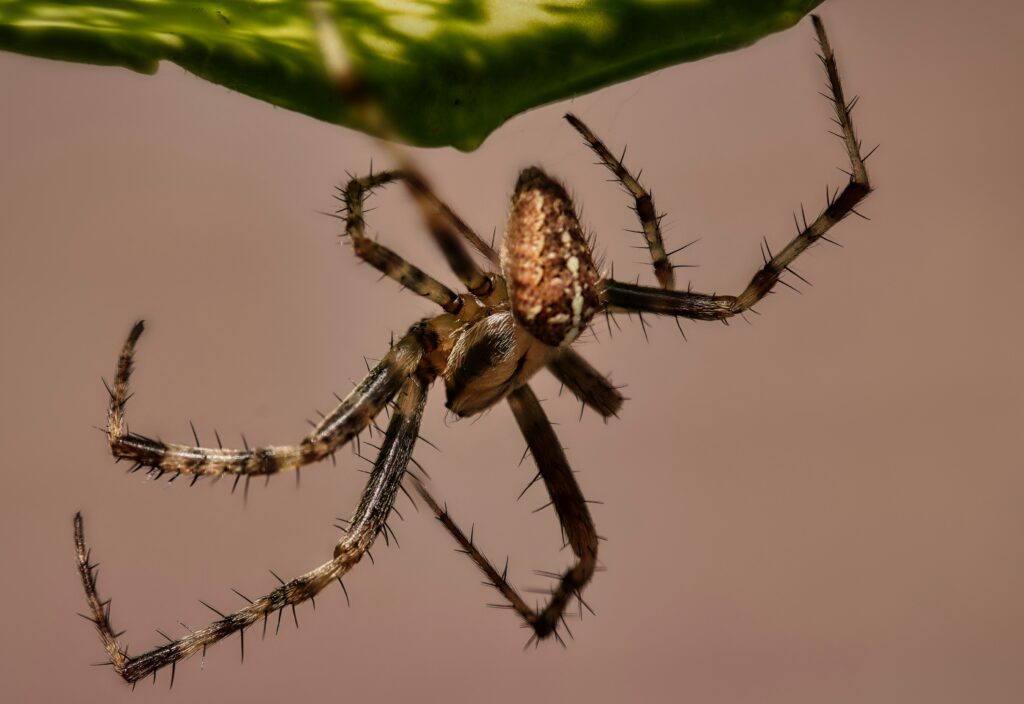
In Aztec mythology, spiders held significant cosmological importance, with the fearsome deity Tezcatlipoca sometimes associated with spiders and taking spider form. Known as the “Smoking Mirror,” Tezcatlipoca was a creator god and a deity of the night sky, sorcery, and judgment—attributes that connected well with the spider’s nature as a stealthy predator that spins webs between realms. The Codex Borgia depicts spider imagery in relation to Tezcatlipoca, showing the cultural significance these creatures held within the complex Aztec pantheon. Aztec cosmology also featured the tzitzimimeh, star demons often depicted with spider elements, who threatened to descend and devour humanity during solar eclipses. The spider’s ability to create geometric webs aligned with the Aztec understanding of the universe as an ordered creation with multiple interconnected layers. This cosmological significance extended to practical crafts, with spider symbolism appearing in textiles and art objects throughout Mesoamerican cultures.
The Butterfly Effect: Lepidoptera in Global Spiritual Traditions
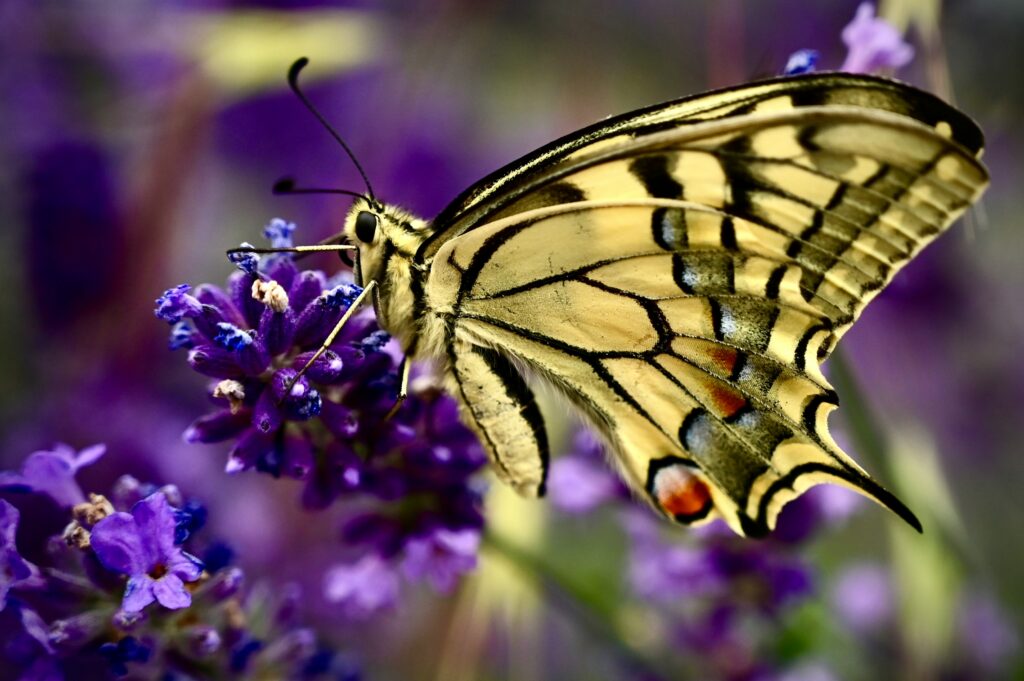
The butterfly’s dramatic transformation from caterpillar to winged adult has made it a universal symbol of metamorphosis, rebirth, and the soul across diverse cultures. In ancient Greek, the word “psyche” means both butterfly and soul, reflecting the belief that butterflies represented the human soul in its journey after death. This symbolism appears similarly in Mexican culture, where monarch butterflies arriving during Día de los Muertos are believed to carry the souls of the departed returning to visit their families. In Japanese tradition, butterflies are considered the souls of the living and dead, with white butterflies representing the souls of the deceased, as beautifully depicted in the tragic love story of Madame Butterfly. Chinese folklore associates butterflies with long life, love, and marital happiness, while many Native American tribes view the butterfly as a symbol of transformation and joy. The near-universal positive associations with butterflies stand in stark contrast to the fear often associated with other insects, demonstrating how an arthropod’s physical characteristics and behaviors directly influence its mythological significance.
Cicadas and Immortality: Insect Symbolism in East Asian Traditions
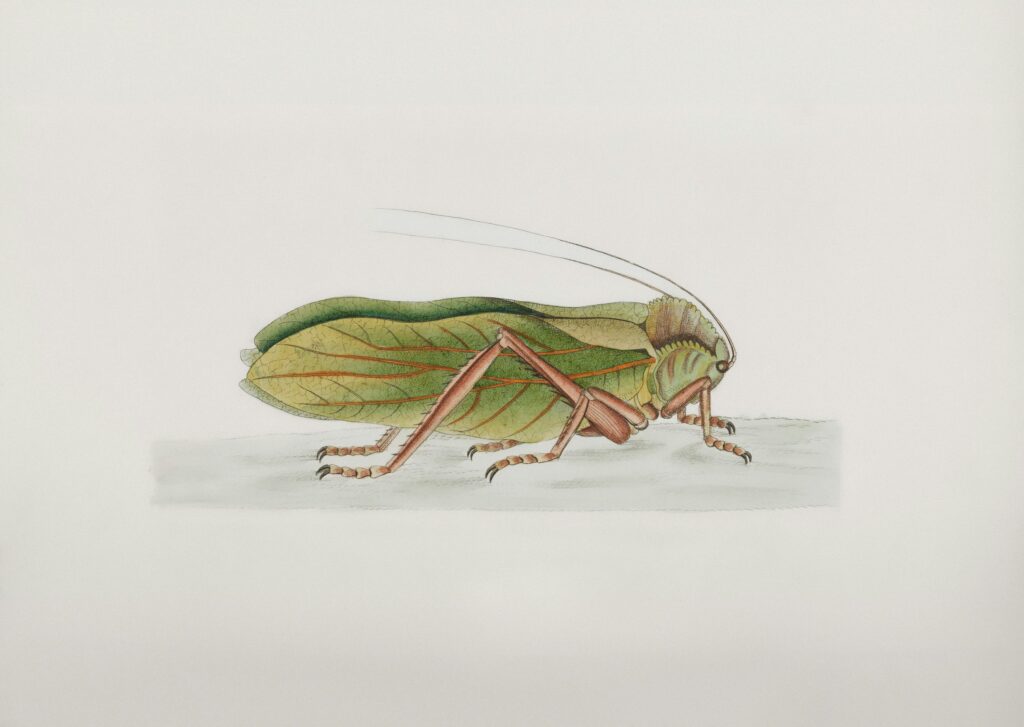
In Chinese culture, cicadas have been revered for thousands of years as symbols of rebirth and immortality, largely due to their extraordinary life cycle. Emerging from the ground after years of development underground, only to live briefly as adults, cicadas represented resurrection and the cyclical nature of existence. During the Han Dynasty, jade cicadas were placed in the mouths of the deceased, symbolizing the continuation of life beyond physical death. This practice reflected Taoist and Confucian philosophical traditions, which saw in the cicada’s metamorphosis a natural parallel to human spiritual transformation. In Japan, the cicada (semi) features prominently in haiku poetry as a symbol of summer and the impermanence of life, its distinctive song representing both the vibrancy of the season and its inevitable passing. The cultural significance of cicadas extended to practical arts, with cicada motifs appearing on textiles, ceramics, and other decorative items throughout East Asia, demonstrating the integration of insect symbolism into everyday aesthetic traditions.
The Divine Bee: Apian Symbolism in Religious Traditions
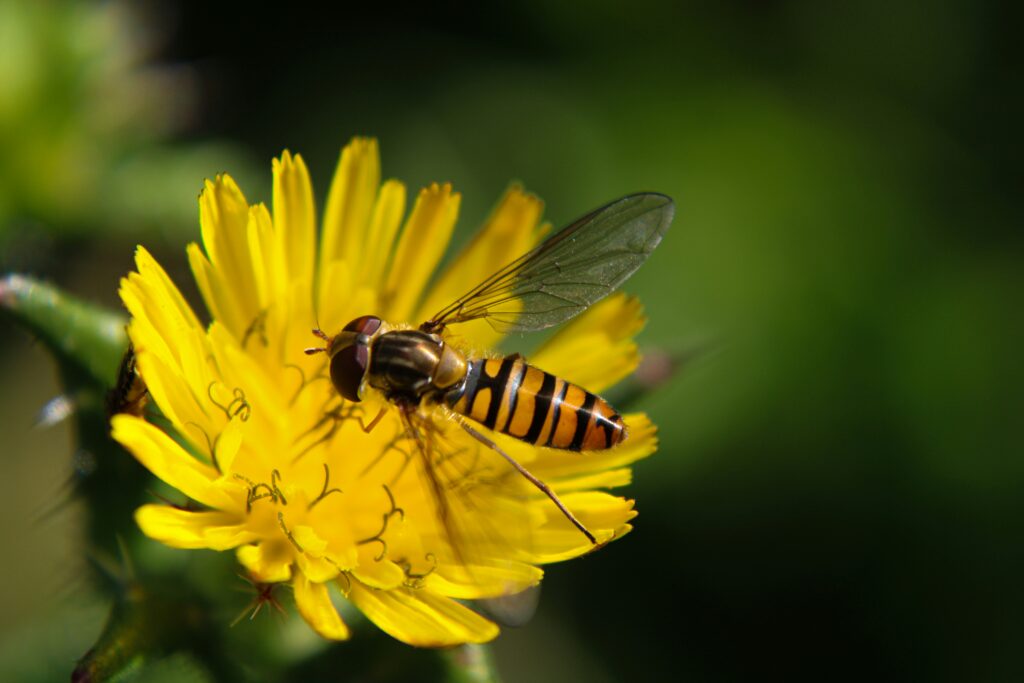
Bees have occupied a special place in human spiritual traditions, often associated with divine order, industriousness, and the sacred feminine. In ancient Egyptian mythology, bees were believed to have emerged from the tears of the sun god Ra, making them divine messengers with connections to both the gods and the afterlife. Greek mythology associated bees with the nymphs who nursed the infant Zeus in a Cretan cave, establishing connections between bees, nurturing, and divine kingship. Early Christianity adopted bee symbolism, with the hive representing the ideal Christian community and the bee’s production of honey symbolizing Christ’s sweet words. Medieval European churches often featured bee motifs, and beeswax candles were considered the only appropriate illumination for sacred spaces due to the perceived purity of bees. In Hindu tradition, the god Vishnu is sometimes depicted with a blue bee on his forehead, and the goddess Bhramari manifests in the form of a bee, further demonstrating the cross-cultural divine associations of these insects whose organized societies and production of sweet sustenance inspired reverence across diverse spiritual traditions.
Grasshoppers and Locusts: Harbingers of Divine Judgment
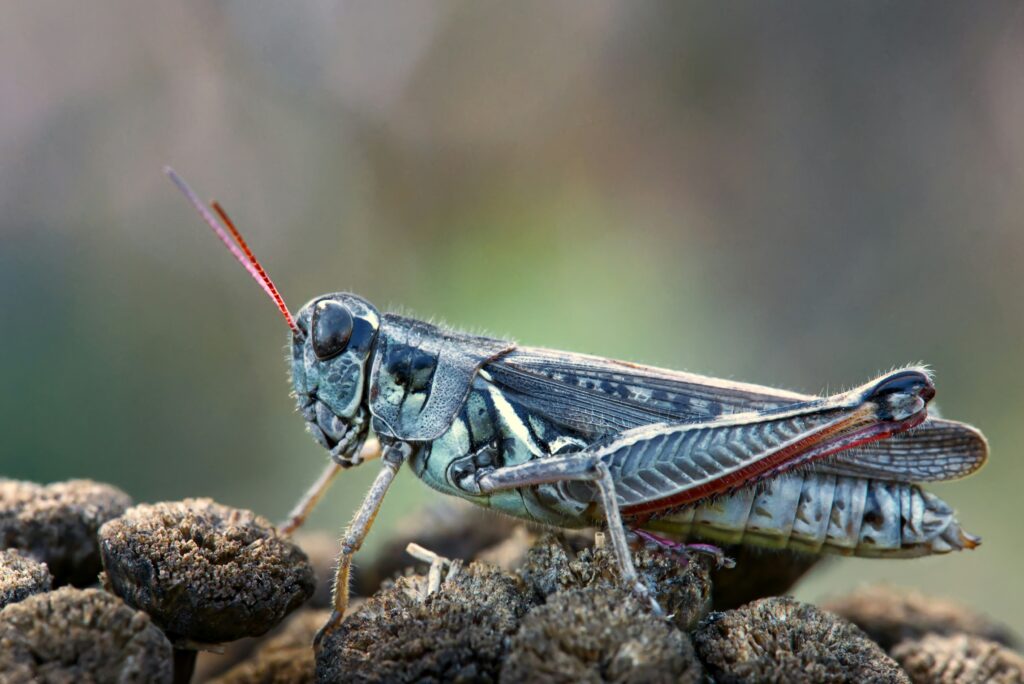
Throughout religious texts and cultural narratives, locusts and grasshoppers have often represented divine punishment, apocalyptic events, and devastating natural forces beyond human control. In the Bible’s Book of Exodus, locusts constitute the eighth plague sent against Egypt, devouring crops and bringing famine to the land as part of God’s judgment. This biblical motif established locusts as instruments of divine retribution in Western religious thought, a theme that resurfaces in Revelation’s apocalyptic imagery. Beyond Judeo-Christian traditions, many agricultural societies developed similar associations based on the devastating reality of locust swarms, which could destroy entire harvests in hours. However, grasshoppers held more complex symbolism in some cultures—in Japan, they symbolized good fortune, while in Native American traditions, they often represented jumping forward into the future or making important life decisions. These contrasting interpretations reflect how cultural context shapes insect symbolism, with the same creature representing both destruction and good fortune depending on cultural experience and agricultural realities.
Spiders in Native American Mythology: Grandmother Spider and Creation
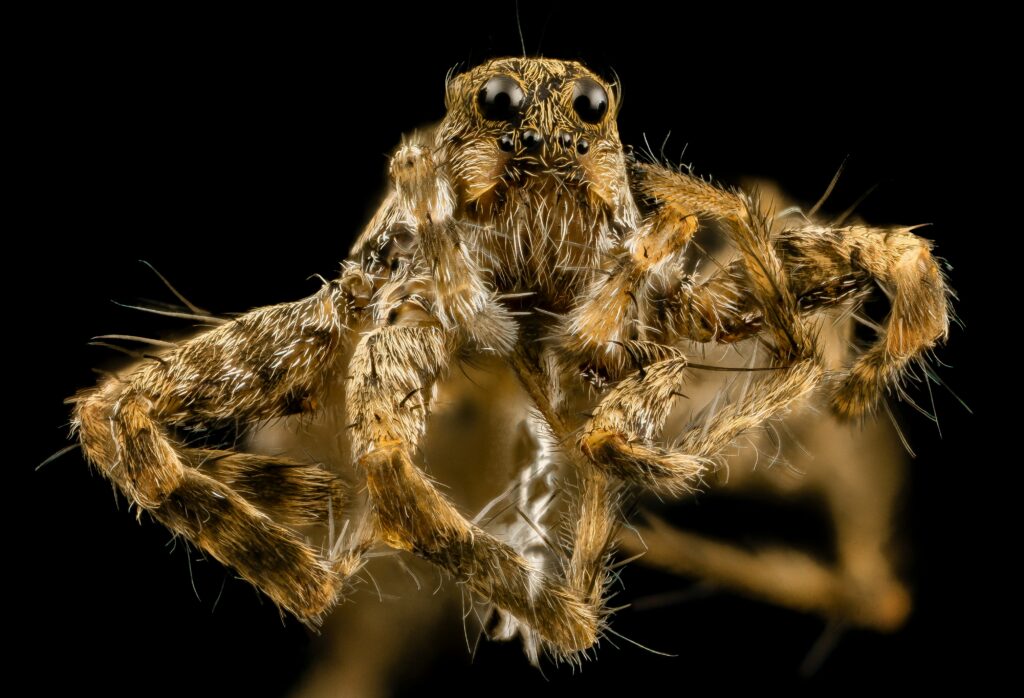
Across numerous Native American traditions, spiders—particularly female spiders—feature prominently as creator figures, teachers, and cultural heroes. In Hopi mythology, Spider Grandmother (Kokyangwuti) plays a crucial role in creation stories, helping to shape the current world and guiding humanity through successive worlds. The Navajo tradition honors Spider Woman (Na’ashjéíí Asdzáá) as the being who taught humans the art of weaving, connecting this practical skill to sacred cosmic patterning. Cherokee stories tell of Grandmother Spider bringing fire to the people by hiding it in a clay pot she carried on her back, demonstrating both bravery and ingenuity. The Lakota honor Iktomi, a spider trickster figure who, though sometimes causing trouble, also brought cultural knowledge to humanity. These spider deities differ markedly from European arachnid symbolism, emphasizing creation rather than fear, and often connecting the spider’s web-making abilities to the concept of weaving the fabric of creation itself. Many of these traditions explicitly honor the small spider as an example of how significant power can exist within the smallest beings.
Metamorphosis as Metaphor: Insects as Symbols of Transformation
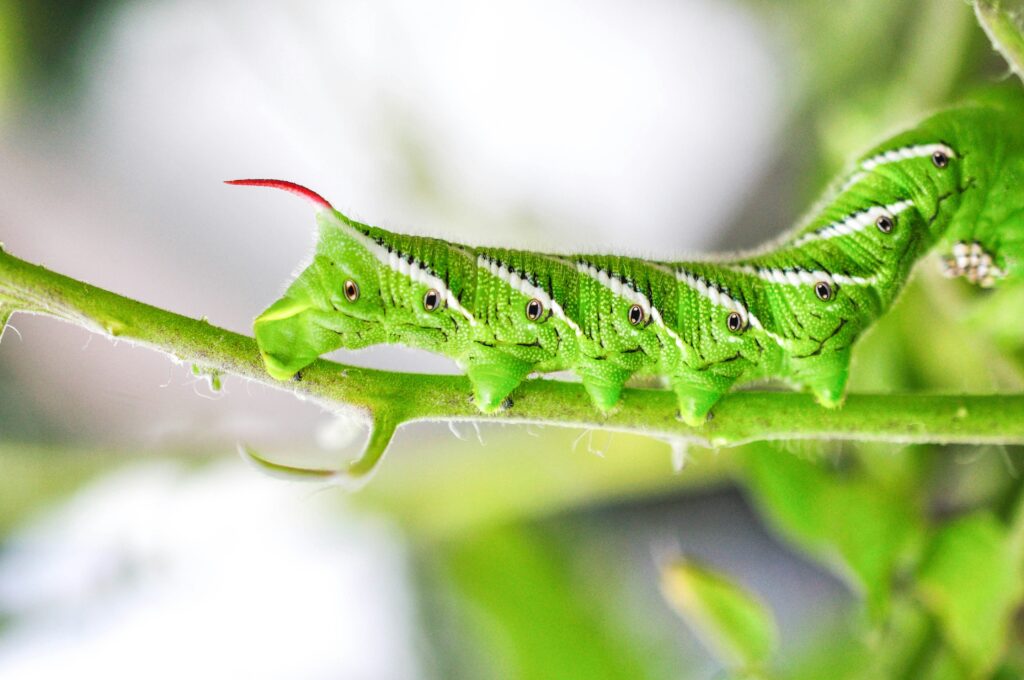
The dramatic life cycles of insects, particularly those undergoing complete metamorphosis, have provided powerful metaphors for personal and spiritual transformation across cultures and time periods. The caterpillar’s transformation into a butterfly represents one of the most visually striking natural examples of radical change, making it a universal symbol for rebirth and spiritual evolution. In Christian iconography, the butterfly emerged as a symbol of Christ’s resurrection and the soul’s journey, while Buddhist teachings use insect metamorphosis to illustrate concepts of impermanence and rebirth. This metaphorical power extends to contemporary psychology, where the butterfly has become a common therapeutic symbol for personal growth and transformation through struggle. The cicada’s emergence after years underground similarly represents patience and eventual triumph, appearing in poetry and literature across cultures as a metaphor for human perseverance. Even the less celebrated metamorphosis of beetles and flies has contributed to their mythological significance, with the unseen transformation occurring within a chrysalis or pupa representing the mysterious inner work of spiritual and psychological development.
Insect Omens: Arthropods as Predictors and Messengers

Across numerous cultures, insects and arachnids have been interpreted as messengers carrying warnings, predictions, or communications from other realms. In many European folk traditions, spiders descending from the ceiling were considered harbingers of visitors or letters, while a cricket chirping inside the house often predicted good fortune or incoming money. Death’s-head hawkmoths, with their skull-like thoracic patterns, were widely feared as omens of death and disaster across Europe, influencing literature and appearing in artistic memento mori. The ladybug holds a nearly universal positive association across cultures, considered lucky in European traditions and a messenger of good news in Native American lore. In parts of Mexico and Central America, certain firefly species are called “almas de muertos” (souls of the dead) and believed to carry messages from departed loved ones. Chinese tradition holds that dragonflies predict rain when flying low, connecting insect behavior to weather prediction in a system of natural signs. These divinatory associations demonstrate how closely humans have observed insect behavior throughout history, integrating these observations into systems of meaning that helped make sense of an unpredictable world.
Modern Entomological Folklore: Urban Legends and Media Representations
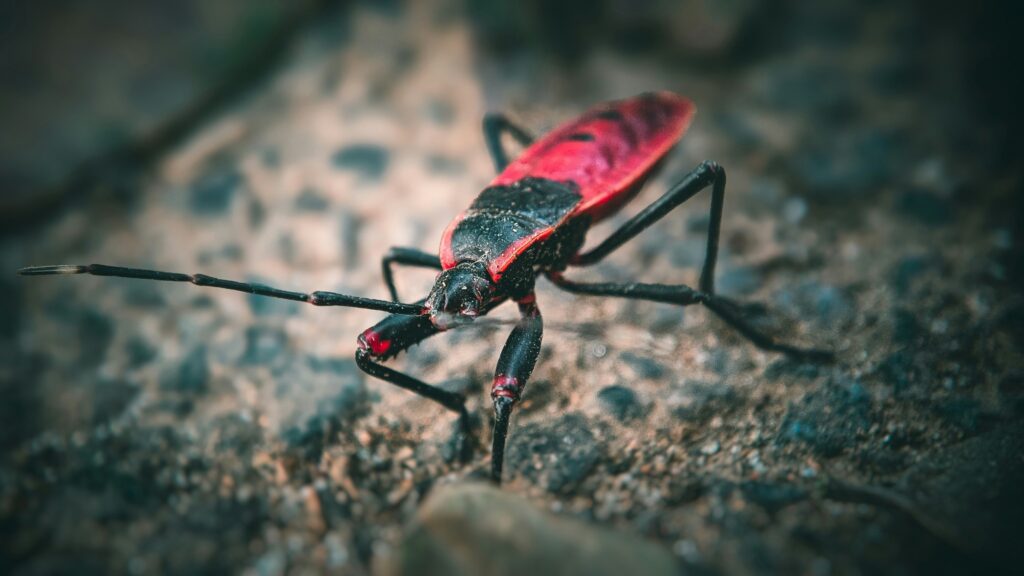
Contemporary culture continues to generate and perpetuate insect-related folklore through urban legends, popular media, and internet culture. The persistent urban legend of earwigs burrowing into human ears to lay eggs exemplifies how modern folklore builds upon ancient fears despite lacking scientific basis. Hollywood has regularly employed arthropod characteristics in alien design, from the insectoid Xenomorphs of the “Alien” franchise to the arachnid invaders in “Starship Troopers,” demonstrating the continued power of arthropod morphology to evoke primal fear. Comic book superheroes like Spider-Man have reimagined arachnid characteristics as sources of power rather than terror, though even these narratives begin with the fear of the spider bite before transformation occurs. Modern cryptids such as the Jersey Devil incorporate insect features like wings and exaggerated limbs, continuing the tradition of composite creatures found in ancient mythology. The internet age has generated its own arthropod folklore, with images of “murder hornets” and stories of dangerous spider infestations spreading rapidly through social media, demonstrating how digital communication channels accelerate and transform traditional folkloric transmission patterns.
Conclusion: The Enduring Legacy of Arthropods in Human Imagination
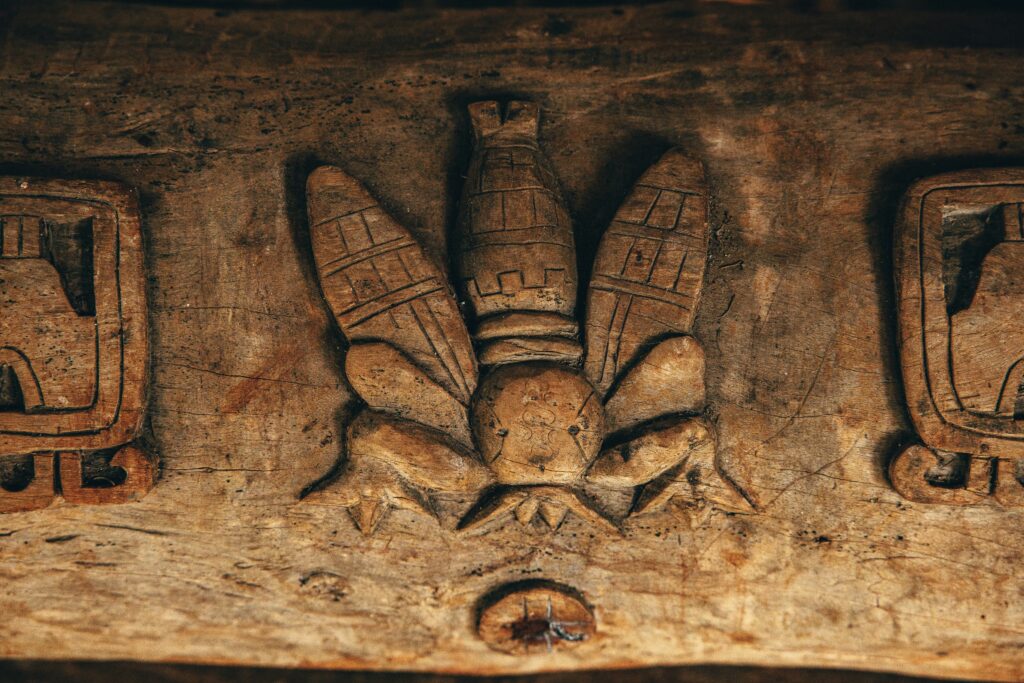
From the sacred scarabs of ancient Egypt to the digital spider memes of internet culture, insects and arachnids have maintained a powerful hold on the human imagination across millennia. These small creatures have served as vessels for our greatest fears and highest spiritual aspirations, helped explain natural phenomena, and provided metaphors for transformation and rebirth. The durability of arthropod symbolism across diverse cultures suggests something universal in how humans perceive and interpret these alien-looking yet familiar creatures that share our world. As we continue to face environmental challenges and rapidly changing ecosystems, many traditional insect mythologies take on new relevance, reminding us of ancient wisdom regarding the importance of even the smallest beings in the web of existence. Whether revered as creators, feared as destroyers, or marveled at as transformers, insects and their arachnid cousins continue to spin their webs through human cultural and spiritual traditions, connecting past to present in an unbroken thread of symbolic meaning that, like Anansi’s stories or Arachne’s weaving, continues to unfold across time.

